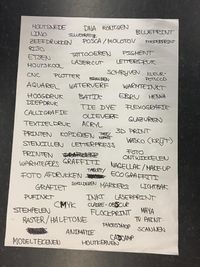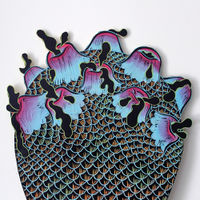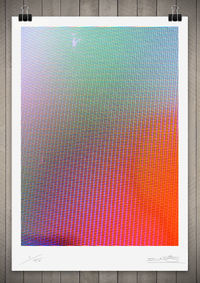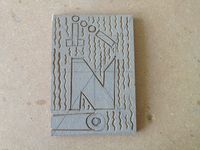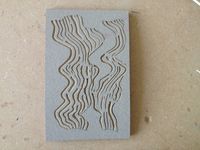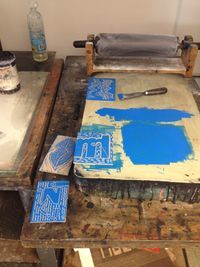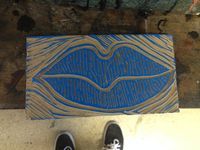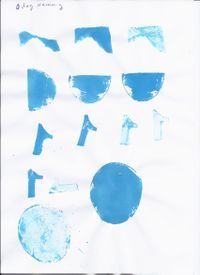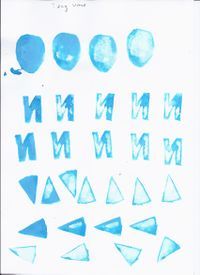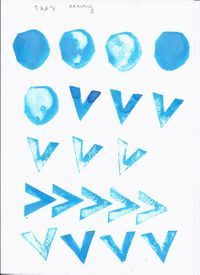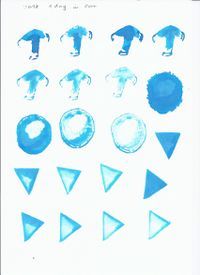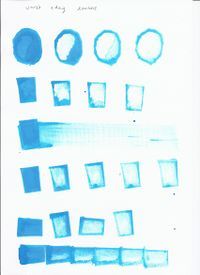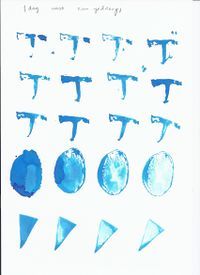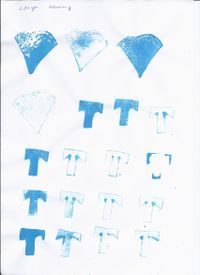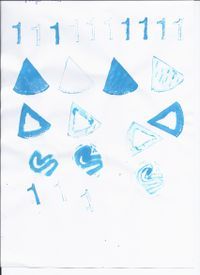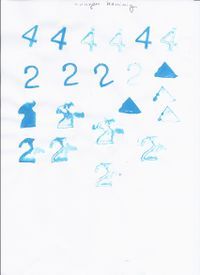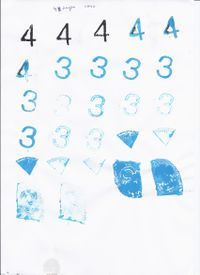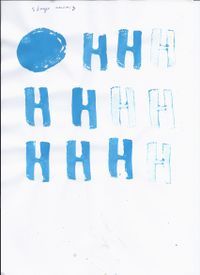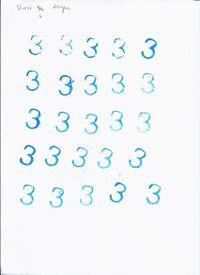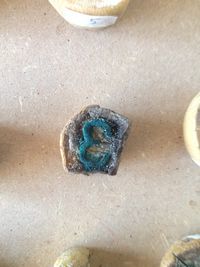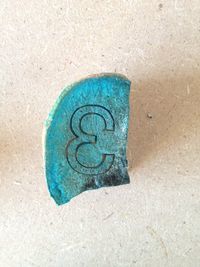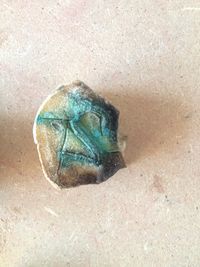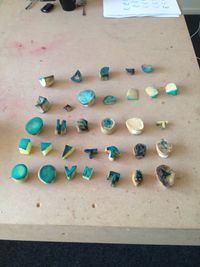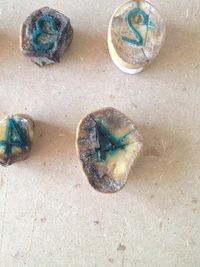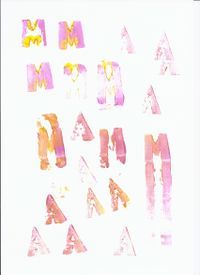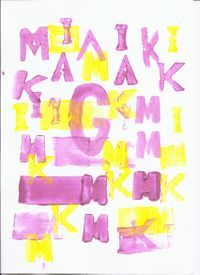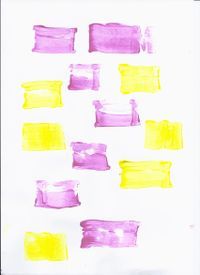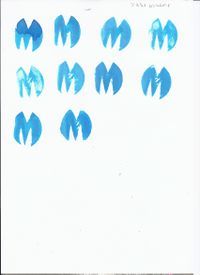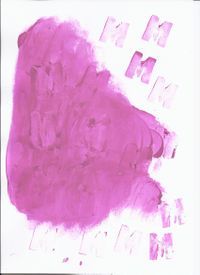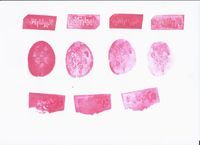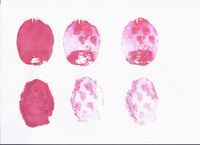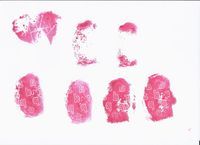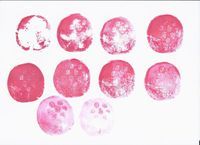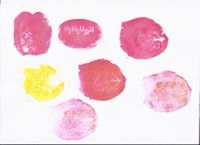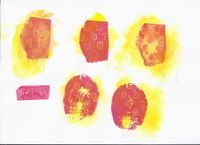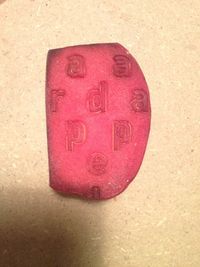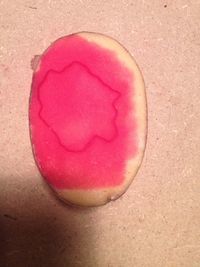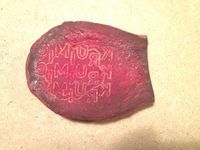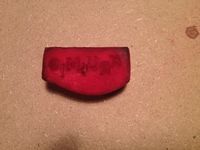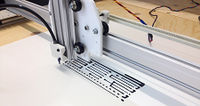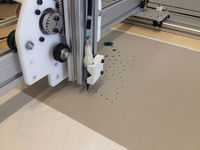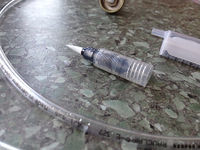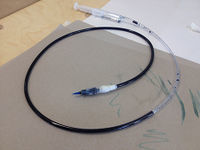User:Koen van Geel
Revision as of 19:28, 20 April 2015 by Koen van Geel (talk | contribs)
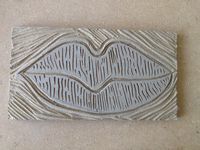
HISTORICAL EXAMPLE: In 1860, rubber manufacturer Fredrick Walton invented linoleum, the floor and wall covering often used in Victorian homes. Three years later, Walton received a British patent for his invention. Fredrick Walton was inspired to invent linoleum as a cheap substitute for the more expensive rubber composition called Kamptulicon. Walton got the idea for his product by observing the skin produced by oxidized linseed oil that forms on paint. Together with inventor Fredrick Thomas Palmer, Fredrick Walton went on to invent Anaglypta and Lincrusta. Anaglypta and Lincrusta are two forms of Victorian-era embossed home wall coverings. Lincrusta is made of a linseed oil mixture and Anaglypta is made from cotton pulp.

NA EEN DAG .Ten opzichte van de eerste dag pak de stempel na een dag drogen iets beter. Waarschijnlijk komt dit omdat het laagje water dat erop staat is weggetrokken en hij een wat vastere vorm heeft gekregen. De structuur zelf is weinig verandert. Tussen de kruimige en de vaste aardappel is weinig verschil te zien. Dit maakt voor het oog vrijwel niets uit. Ook heb ik wat aardappels in het donker en een aantal in de zon laten drogen. Na dag in het donker is er niet erg veel verschil te zien, maar toch hangt de gene in het donker iets meer toe naar de aardappel die niet gedroogt is. Hij blijft wat vochtiger. De aardappel die in de zon gedroogt is is a 1 dag al helemaal vervormt en ingedroogt. Hier is erg veel verschil te zien. De vorm is verandert en de structuur is droger en grover.
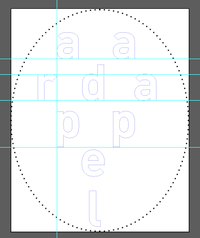
Omdat ik zelf grafisch ontwerp studeer ben ik erg ingesteld op het ontwerpen vanuit de computer. Aangezien ik niet erg goed met lino oeverweg kan en wil proberen de stap te maken van een computer ontwerp naar een aardappel ben ik gaan proberen te lasercutten in aardappels. Op deze manier kan ik lijn tekeningen ontwerpen en deze toepassen op aardappel stempels. Ook is het erg lastig met de hand letters te spiegelen en leesbaar te krijgen, dus ben ik gaan testen of ik deze slag vanuit digitaalo ontwerp wel kan maken.
